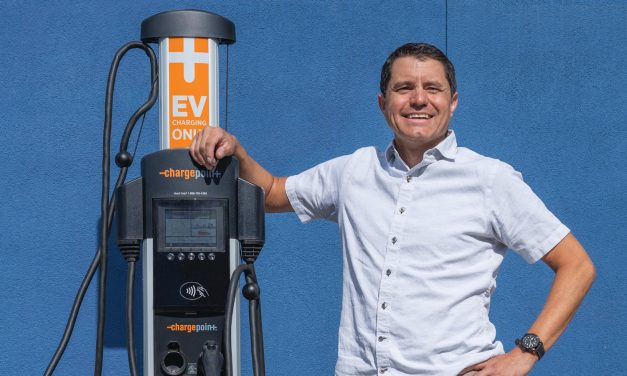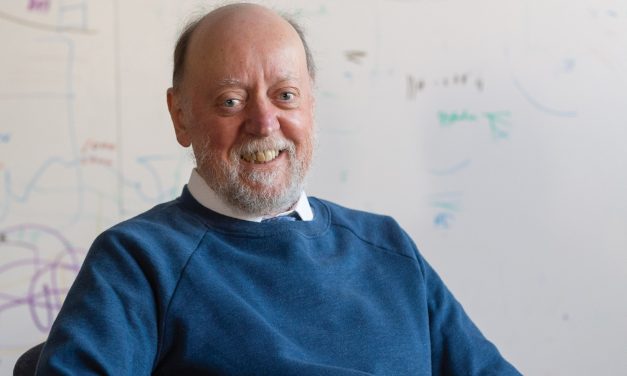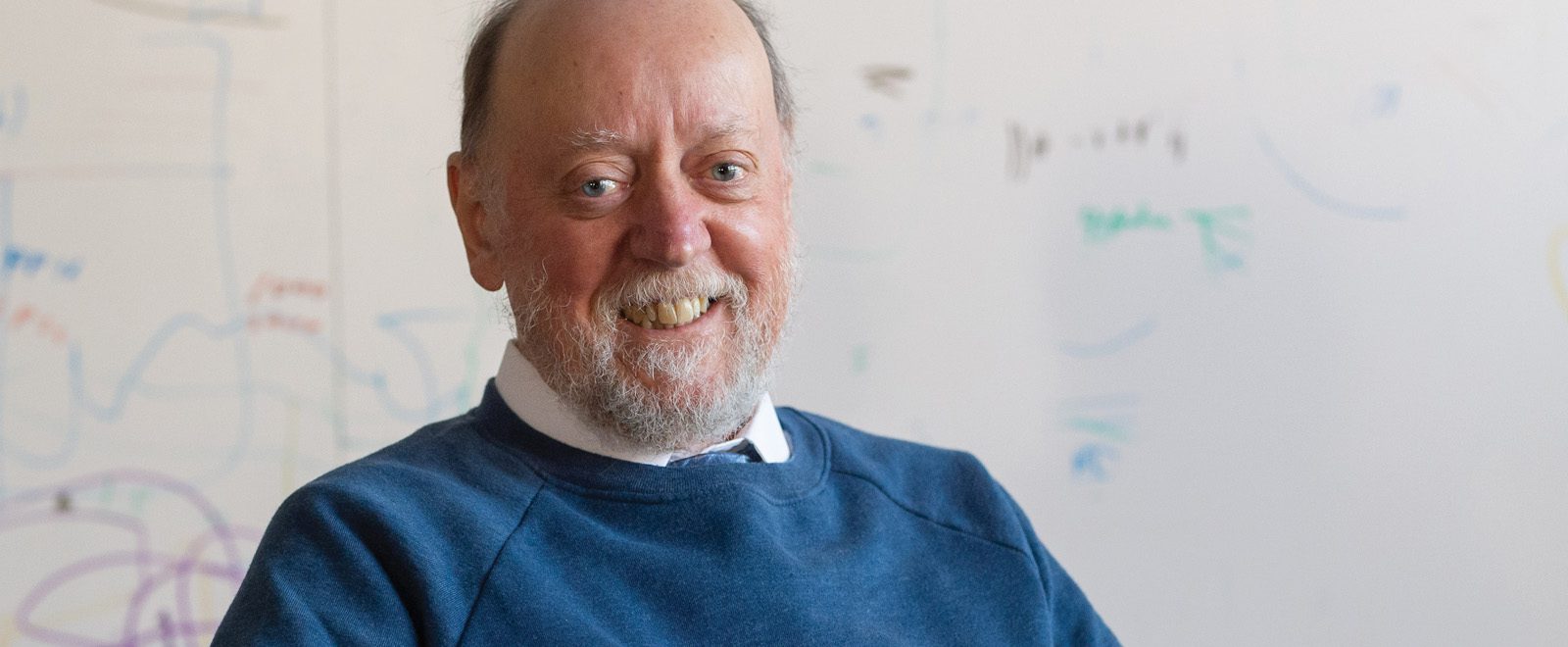
Photos: Courtesy of Jack Dongarra
Alumnus caps high-performance computing career with prestigious prize
Pretty Good At Math
By Ellen Marks
When Jack Dongarra received a Zoom invite from MIT professor emeritus Rodney Brooks, a founder of the robot vacuum cleaner, he thought it probably would be about membership in a professional association.
Or, he thought, it might be related to Brooks’ role as adviser to one of Dongarra’s colleagues.
But when Dongarra joined the meeting in early March, he said he found about nine people in Zoom’s “Hollywood Square” configuration, including some of the brightest minds in the computer sciences world.
The faces Dongarra saw turned out to be members of the Turing Award committee, and they told him he had just been named 2021 recipient of the $1 million prize. Considered the Nobel of computer science, the award is the highest distinction in the field to which Dongarra has dedicated his life’s work.
“I was stunned,” Dongarra says. “This is the capstone to my career.”
The 72-year-old professor emeritus at the University of Tennessee is now officially recognized for his groundbreaking work in the world of high-performance supercomputing.
Dongarra earned his PhD in applied mathematics at the University of New Mexico in 1980 and spent part of his time in the state at Los Alamos National Laboratory, taking classes at the UNM branch campus there before moving to the main campus in Albuquerque.
“He has been forever a well-known name in the field of high-performance computing, building software for very large, one-of-a-kind computers,” says Darko Stefanovic, chair of UNM’s computer science department. “It’s not a very large field, but it’s a very important one. And it’s very important to New Mexico and to UNM.”
The Association for Computing Machinery, which grants the Turing award, called Dongarra “a leading ambassador of high-performance computing” and cited his cutting-edge work in developing software that can keep pace with rapidly developing “hardware” — computers that range from the laptop to the world’s fastest supercomputers.
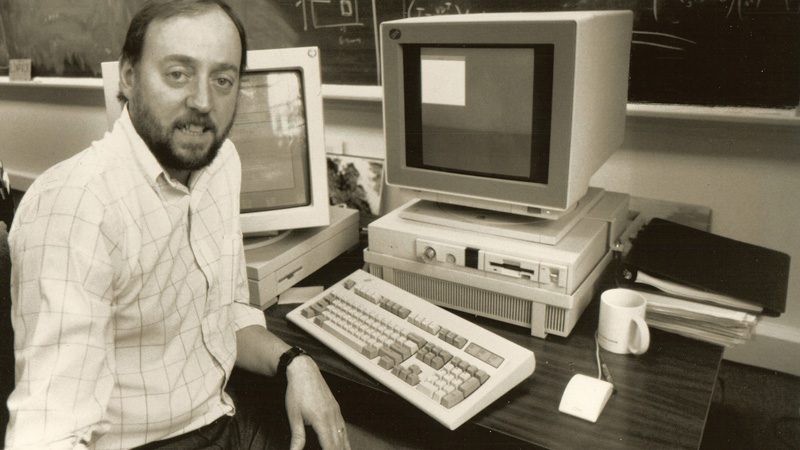
Here’s Dongarra on his job description: “The way to think of it is that my hardware friends build something, and they throw it over the fence and they put it at our feet and say, ‘Try to use it.’”
“So now we’ve got this new machine, and we struggle to effectively use it. It takes us about 10 years to really develop the methods and approaches that will let us use that machine correctly, and then it’s time for a new machine to be thrown over the fence and we start over. So that’s sort of the scenario we’re in.”
Dongarra’s advances rely on linear algebra operations and “parallel processing.” Linear algebra is ubiquitous in computational science solutions, and parallel processing uses a number of computer processors jointly working on a problem to solve it in the most rapid and accurate way.
Dongarra also was cited for open source software libraries that invited anyone to use his inventions for the advancement of the field.
“These contributions laid a framework from which scientists and engineers made important discoveries and game-changing innovations in areas including big data analytics, health care, renewable energy, weather prediction, genomics, and economics, to name a few,” the association said in awarding him the prize.
Dongarra is director of the University of Tennessee’s Innovative Computing Laboratory, a Turing Fellow at Manchester University, adjunct professor at Rice University and a Distinguished Research Staff member at Oak Ridge National Laboratory.
He participated in some of the work leading to development of the Frontier supercomputer at Oak Ridge, declared in May to be the world’s fastest. Even Dongarra is astounded by Frontier’s “exascale” speed.
“Exascale… is a billion billion operations per second,” he says. “Let me just put that number in perspective. You take all the people in the world and have them do one computation per second. To equal what that supercomputer would do in one second, all the people in the world would have to be working four years to do that. So it’s a stunning amount of work, and the computer does it in a second. That’s sort of where we are today.”
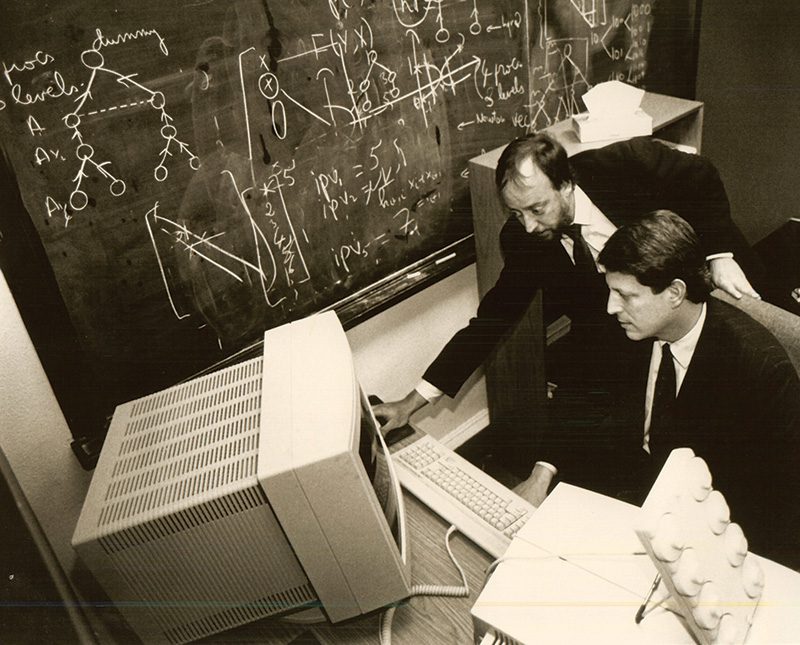
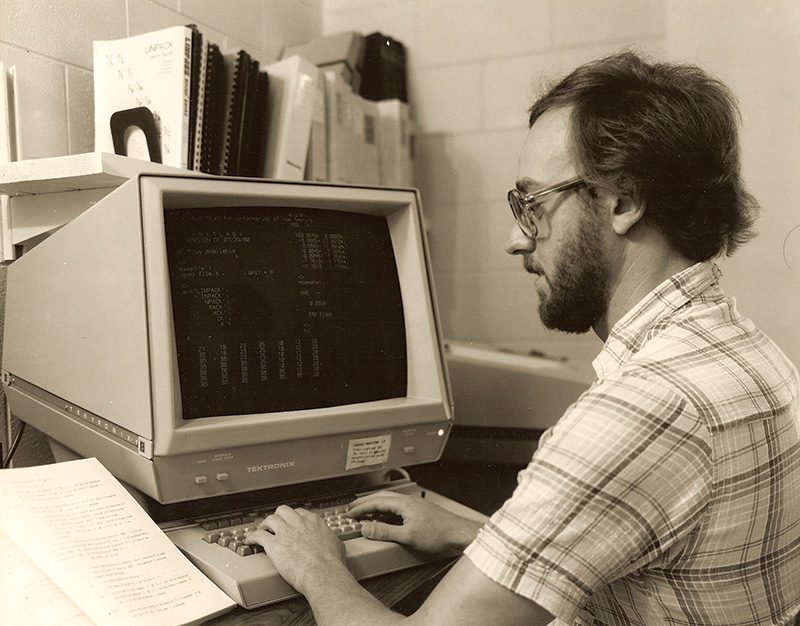
Dongarra grew up in Chicago to parents who never finished high school. His grandparents were from Sicily, and Dongarra kept up the family’s heritage by making pizza for a living – from high school into graduate school.
“It taught a lot of real-life things,” he says, adding, “I still make pizza.”
A young Dongarra went through school with dyslexia, although it was undiagnosed at the time. But it explained why he was always stuck with the same classroom seating arrangement.
“I remember being put in the back of the class because they ordered the class from smart to not-smart people,” he says. “I was never good at reading, and I’m still not very good at reading or writing, to be honest.”
“But I’m pretty good at math and physics,” he adds, in what has to be a nominee for understatement of the year.
Dongarra got his bachelor’s degree in mathematics from Chicago State University in 1972, and his master’s in computer science from the Illinois Institute of Technology the following year.
He was working at Argonne National Laboratory outside of Chicago when he met Cleve Moler, a then-UNM math and computer science professor who spent summers at Argonne. Moler taught at UNM for 13 years, and served as chair of UNM’s Computer Science Department
in the 1980s.
Moler is a renowned mathematician and computer programmer who was a geek from the start. As a kid growing up in Salt Lake City, he entertained himself by seeking prime factors in license plate numbers and street addresses.
Moler, who founded the MathWorks mathematical computing software company, recalls what motivated his protege to seek a doctorate while the two were working at Argonne.
“He (Dongarra) said one day, ‘Cleve, whenever a really important decision is made here, all the PhDs go into (an) office and make the decision, and I’m not part of that group,’” Moler recalls. “‘If I’m going to be a full-fledged member of this group, I’m going to need a PhD.’”
Dongarra and Moler were close during the casual summer atmosphere at Argonne, and even though their offices were at opposite ends of a corridor, “I remember hearing Jack and Cleve holler to each other from down the hall,” recalls Doris Pool, a then-administrative assistant.
Moler convinced Dongarra to come back to New Mexico with him, even though UNM did not offer a PhD in computer science at the time. Instead, Dongarra pursued a mathematics PhD, although it was what he called “sort of an applied mathematics PhD.”
When Moler went on sabbatical at Stanford University, Dongarra followed and continued to work with Moler while the two kicked around possible thesis topics.
Initially, it didn’t go that well.
“There was a hamburger and beer joint there (at Stanford) called Oasis,” Moler says. “We sat in the outdoor beer garden, and he came up with a thesis, and it turned out to be a bad idea. We refer to it this day as the ‘Oasis algorithm.’”
But Dongarra finally found his PhD topic, centering on “eigenvalues,” which can be used to measure the frequency of vibrations on such structures as bridges and buildings.
And although he left New Mexico soon after his studies were completed, he remembers the Frontier restaurant near UNM and his walk across the bridge in Los Alamos to get to the lab.
“Growing up in Chicago, I really hadn’t experienced the desert or mountains,” he says. “It was just a tremendous experience.”
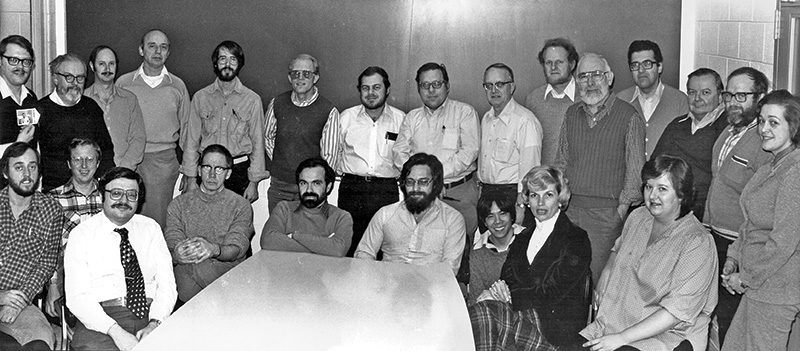
Leader in the Field
Patrick Bridges, a computer science professor and director of UNM’s Center for Advanced Research Computing, says Dongarra “has been a real leader in the general field of computer science for 40-plus years.”
Bridges’ description of Dongarra echoes those of others who know him: “He’s a really nice, low-key, down-to-earth kind of guy. If you have questions or need advice, Jack’s great.”
Bridges cites Dongarra’s introduction of benchmarks, such as the Linpack benchmark, to evaluate a computer system’s performance by, for example, approximating how fast it can perform when solving actual problems.
“The thing to understand is that science today is really driven by simulation, and simulation is carried out on computers,” Dongarra says. “So if we’re trying to understand something, we do a mathematical model of it. We take a mathematical model and represent it somehow as a program which runs on a computer.”
“You can think about that being applied to a car,” Dongarra says. “We want to test it and see if it’s crash-worthy. In the old days, you would build a car and smash it into a wall and then see what happens. You know, that’s an expensive thing, you can’t do that many times.
“But we can design a car on a computer, and we can then crash that model into the wall thousands of times, hundreds of thousands of times, and then we can optimize the design to make it more crash-worthy.”
Dongarra says because so much of his work was funded by the government, he has always believed that it should be free and available to anyone. He calls his developments his “calling card” and compares them to his many written academic papers.
“I write papers, and I want people to read them,” he says. “I make those papers freely available to anybody who wants to read them and download them and cite them and learn from them. The software is out there. (People) should use it.”
However, someone who wants to replicate the steps Dongarra took to develop a career that has reached the highest levels would have a difficult time.
“I’ve been in an unusual situation. I happened to be at the right place at the right time for many things,” he says. “So if somebody said, ‘I want to do what you did, how did you do it?,’ I can’t tell you. It’s been very serendipitous.”
Regarding the $1 million, Dongarra said, “I’m not sure exactly what I’ll do with it, but I am taking suggestions.”
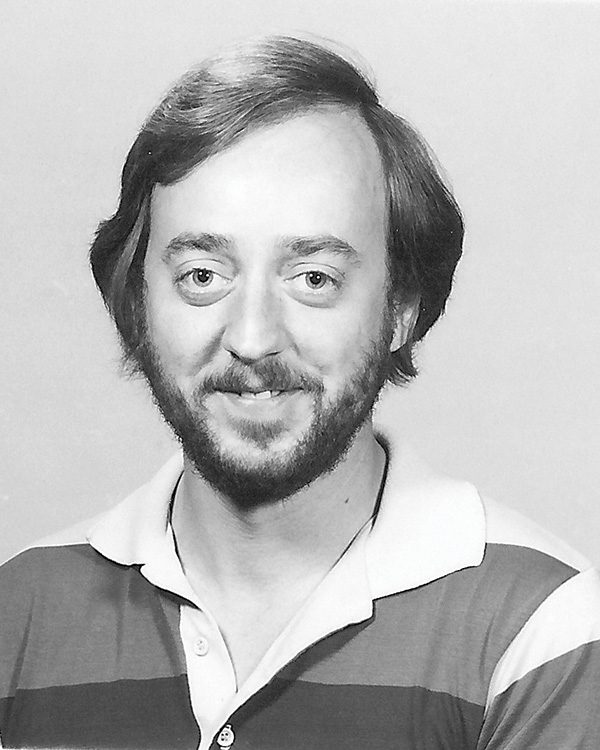
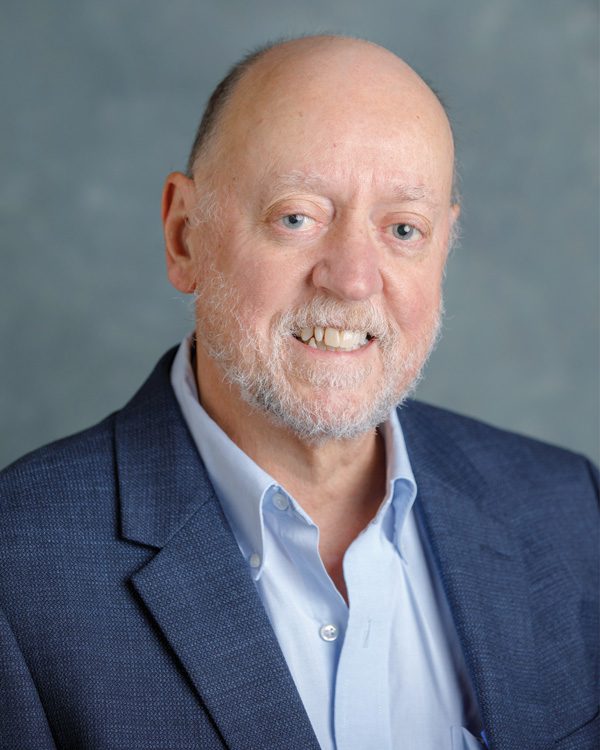
Fall 2022 Mirage Magazine Features
In A Solid State
UNM grad helps spark electric vehicle revolution…
Read MoreCourageous Career
Opera singer pivots to performance coaching…
Read MorePretty Good At Math
Alumnus caps computing career with prestigious prize…
Read MoreTelling A Story
Alumna heads up museum devoted to the American Indian experience…
Read MoreFamily Affair
Alumni board president keeps UNM ties tight…
Read MoreAnd the Winner Is…
Alumni take home a Grammy and a Pulitzer for music…
Read More

